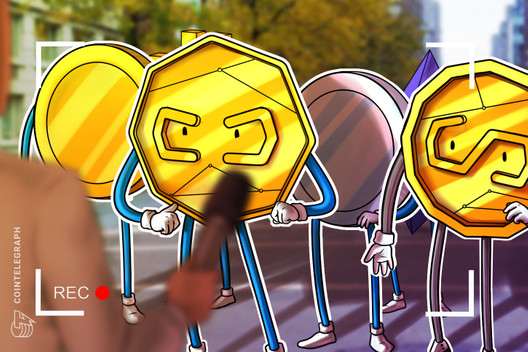Charles Hoskinson: Ethereum Would Be Better if Buterin Used ‘Snow White’
Cardano founder Charles Hoskinson said that Ethereum could have developed more smoothly with the addition of the Snow White PoS consensus.
1921 Total views
30 Total shares

In a recent interview with Cointelegraph, Ethereum co-founder and Cardano (ADA) founder Charles Hoskinson discussed a potential early acquisition that could have made a world of difference for Ethereum.
According to Hoskinson, had Vitalik Buterin applied the Snow White Proof-of-Stake (PoS) consensus developed by Elaine Shi, it would have greatly expedited the development of Ethereum 2.0:
“My biggest problem is that he hasn’t divided and conquered. Like, for example, the development of Casper — with Casper, Vitalik could have gone to Cornell and went to Elaine Shi. She wrote a great protocol, called ‘Snow White,’ it’s a competitor of our ‘Ouroboros’ [Cardano PoS consensus]. And back in 2016, Elaine Shi came up with this, so he could have very easily gone there and said, ‘Here is a $5 million grant, go develop Casper.'”
Elaine Shi is a professor at Cornell University, one of the most advanced blockchain hubs in the United States. In 2016, she co-authored a paper on Snow White PoS consensus which “provides the first formal, end-to-end proof of a Proof-of-Stake system in a truly decentralized, open-participation network.” Nodes can join at any time, even after the system is created.
According to Hoskinson, this would address the “limited academic rigor” he says was prevalent with Ethereum’s development. Buterin could have had top scientists who were deeply interested in the problem create a beautiful consensus algorithm for him, Hoskinson said, leaving him free to focus on developing the rest of the business and technology. However, Hoskinson said Buterin had other ideas:
“Now he wanted to develop Casper himself, which meant he divided his time between being a CEO and being an engineer and being a scientist. And he tried to go and develop something that he had no native experience in, and had to learn the whole theory himself, even if he’s a genius. It takes time.”
Whether or not you agree with Hoskinson’s assessment, he claims to practice what he preaches:
“Contrast that with Cardano, where we brought scientists together and we follow the peer review process, and we systematically wrote paper after paper, and those papers went through peer review and we slowly built up the entire theory of Proof-of-Stake to a point where we felt comfortable and then we started talking about it.”
Hoskinson concluded that improving on the strong foundation instead of developing something new from scratch could have saved Ethereum a lot of time and effort, and prevented the chronic delays that have plagued the project.









